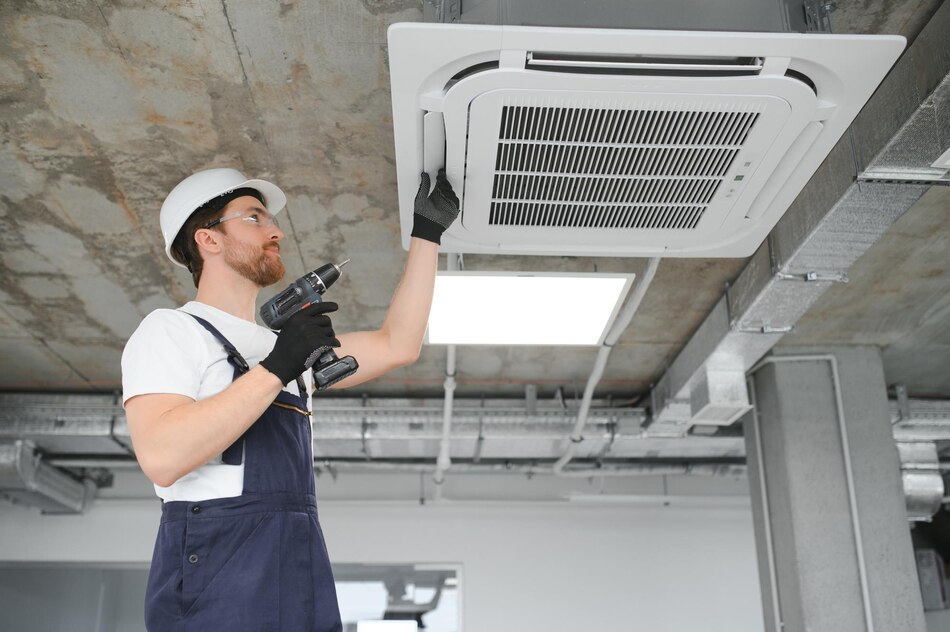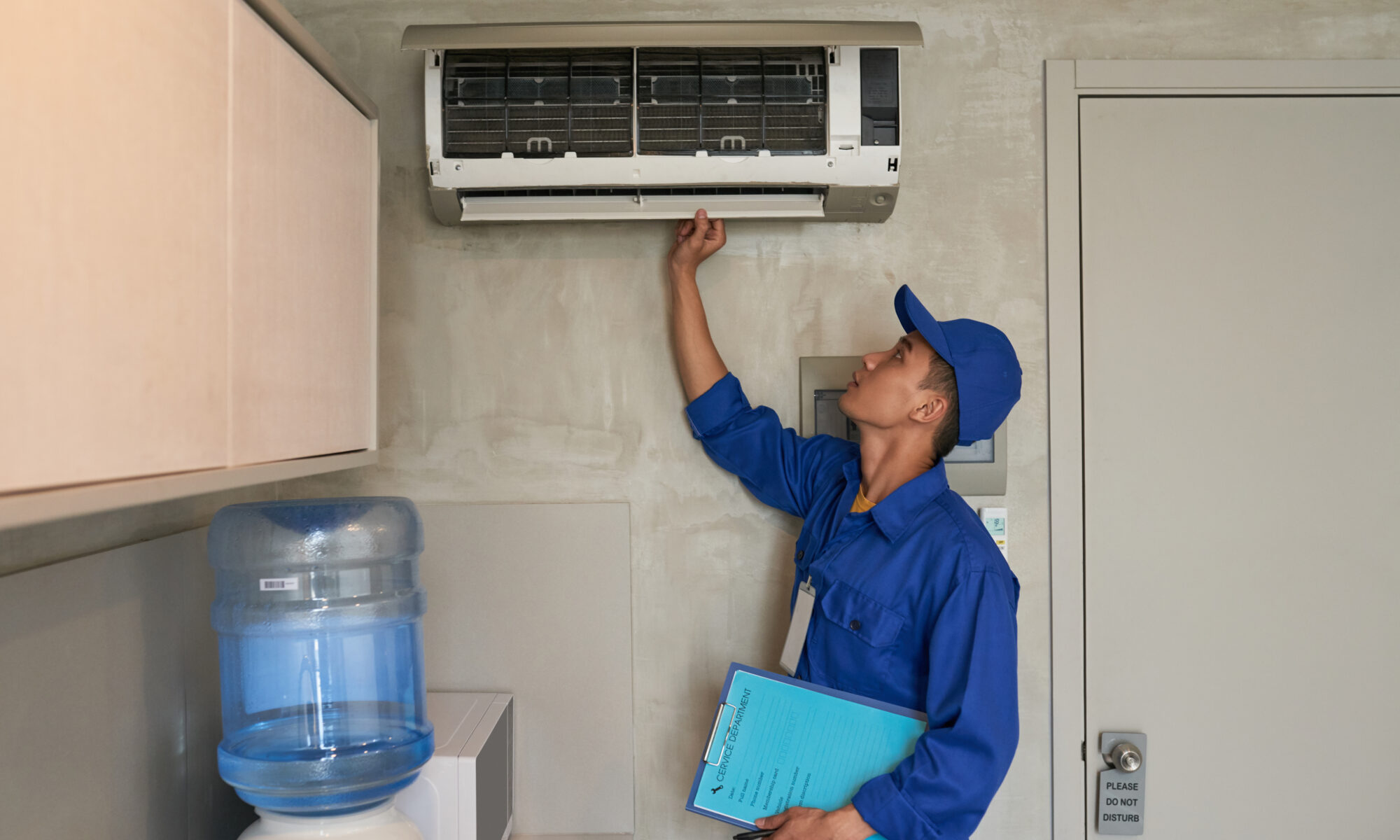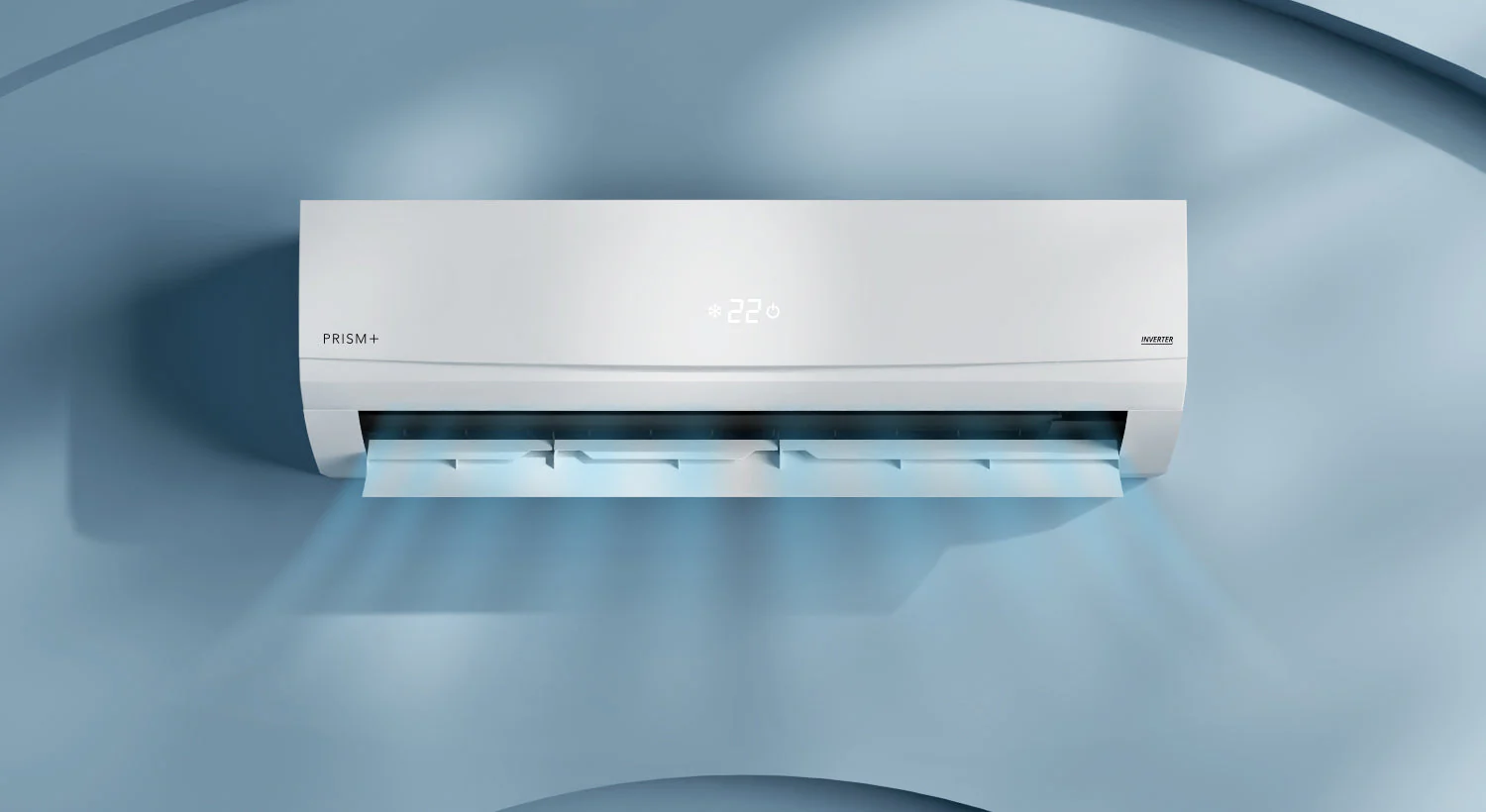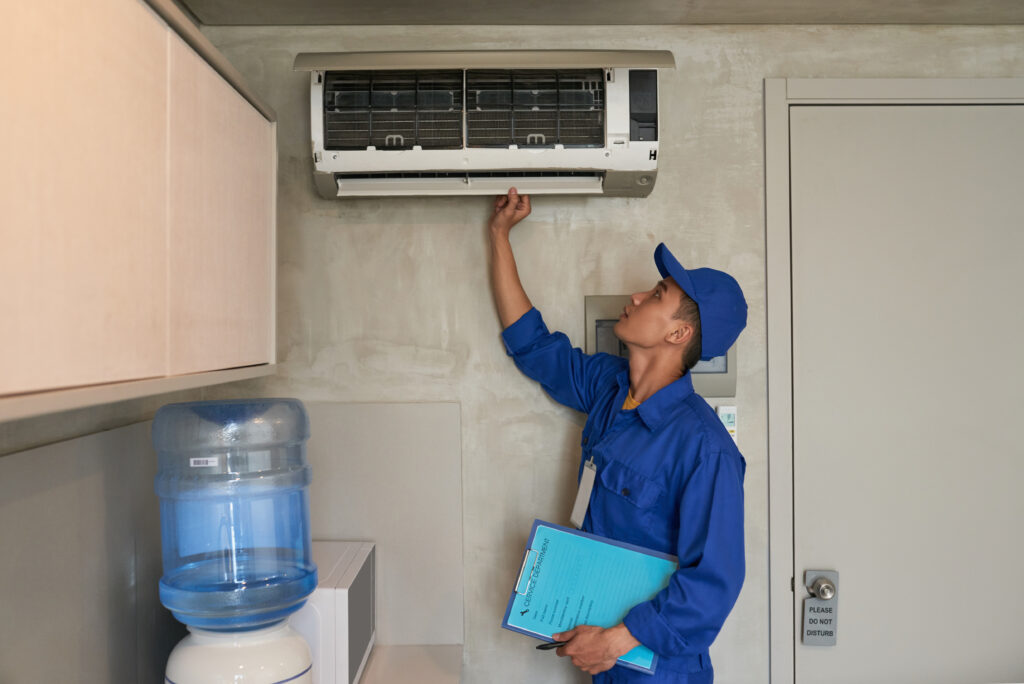In Singapore’s hot and humid climate, having a working aircon isn’t a luxury, it’s a necessity. Whether you live in an HDB flat, a condo, or a landed property, chances are your aircon is working overtime to keep you cool. But many homeowners overlook one crucial thing: regular aircon servicing.
Think of your aircon like your car. You wouldn’t drive it endlessly without servicing it, right? The same logic applies. Regular aircon servicing keeps your unit running efficiently, helps you save money, improves indoor air quality, and prevents costly breakdowns.
Here’s everything you need to know about why aircon servicing in Singapore is so important, how to monitor your aircon for problems, and when to call the experts.
Why Aircon Servicing Is So Important for Singapore Homes
1. Saves You Money in the Long Run
A well-maintained aircon doesn’t have to work as hard to cool your space. This means lower electricity bills, which is especially helpful with Singapore’s rising energy costs. If your aircon is clogged with dust or its components are worn out, it draws more power to produce the same amount of cooling, which shows up in your monthly bill.
2. Keeps Your Aircon Running Efficiently
Regular aircon cleaning ensures filters, coils, and other components are cleaned and functioning well. When everything works as it should, your aircon cools your home faster and more efficiently, even during the peak afternoon heat.
3. Prevents Unexpected Breakdowns
A breakdown during Singapore’s sweltering months is every homeowner’s nightmare. Routine servicing helps catch small issues like refrigerant leaks, clogged filters, or worn-out parts before they snowball into bigger, more expensive problems.
4. Improves Indoor Air Quality
Dirty air filters and components can harbour dust, bacteria, and mold (not ideal for your family’s health). This is especially important in Singapore, where many homes are closed up with little natural ventilation. Regular servicing helps your aircon circulate clean, fresh air.
5. Prolongs the Lifespan of Your Aircon
Aircons aren’t cheap, and replacing them is a significant expense. Regular servicing ensures your unit lasts as long as possible, giving you better value for your investment.
How to Monitor Your Aircon for Potential Problems
Even with regular professional servicing, keeping an eye (and ear) on your aircon is good. Here are common warning signs to look out for:
1. Weak Cooling
If your aircon doesn’t cool your space as effectively as it used to, it could indicate clogged filters, low refrigerant levels, or a mechanical fault.
2. Strange Noises
Unusual sounds like banging, hissing, or grinding are red flags. These noises could point to loose parts, debris build-up, or refrigerant leaks that require professional attention.
3. Water Leaks
If you notice water pooling below your aircon or dripping from the unit, there may be a blocked drainpipe or a full drainage tray.
4. Bad Odours
A musty or foul smell coming from your aircon is a tell-tale sign of mold or bacteria growing inside the system — not something you want circulating in your home.
5. Higher Electricity Bills
A sudden spike in your utility bill, without any increase in usage, often signals your aircon is working inefficiently. Which means, it’s only time to book that servicing appointment!

How Often Should You Service Your Aircon in Singapore?
The frequency depends on how often you use your aircon and where you live:
| Usage | Recommended Servicing |
| Light Use (e.g., 1-2 times a week) | Every 6 months |
| Moderate Use (e.g., daily, nights only) | Every 3-4 months |
| Heavy Use (e.g., daily, day & night) | Every 2-3 months |
| Commercial or Office Aircons | Monthly or based on technician advice |
Most households benefit from servicing HDB flats or condo units every 3-4 months, especially if the aircon runs nightly. If you have multiple units or live in a landed property, coordinate servicing for all units to optimise efficiency.
When to Call a Professional Aircon Technician
While basic maintenance like cleaning filters can be done yourself, certain tasks require an expert’s touch:
- Strange noises or smells from the unit.
- Persistent water leaks.
- Weak or no cooling despite correct settings.
- Regular servicing is overdue.
- You suspect a refrigerant leak.
Tip: Avoid DIY repairs for complex aircon problems. Tampering with electrical components or refrigerant can be dangerous and may void your warranty.
What Happens During a Professional Aircon Servicing?
A typical servicing session includes:
✔️ Cleaning of air filters, front panel, and cover.
✔️ Vacuuming of drainage system to prevent leaks.
✔️ Checking fan motor, blower, and electrical connections.
✔️ Inspecting refrigerant levels and cooling performance.
✔️ Testing the aircon to ensure everything runs smoothly.
Consider a chemical wash or overhaul for more thorough maintenance, especially for older or heavily-used units.
Final Thoughts
Your aircon works hard to keep your home cool and comfortable, so it deserves some TLC in return. Regular servicing keeps your cooling system running efficiently, protects your family’s health, reduces electricity costs, and prevents inconvenient breakdowns.
Living in Singapore’s tropical climate means your aircon is likely running daily. Don’t wait until there’s a problem… book regular servicing and enjoy peace of mind all year round!














You must be logged in to post a comment.